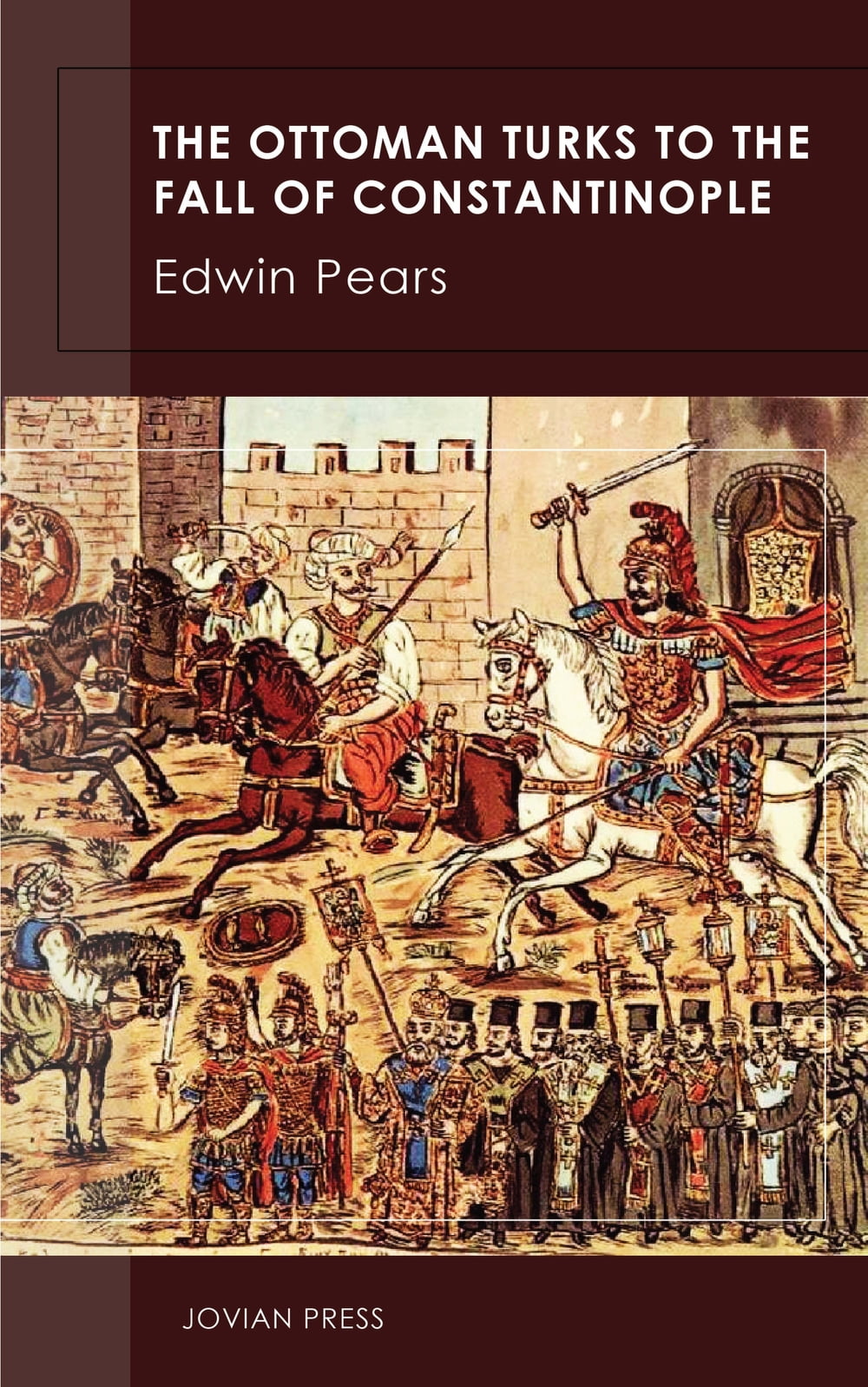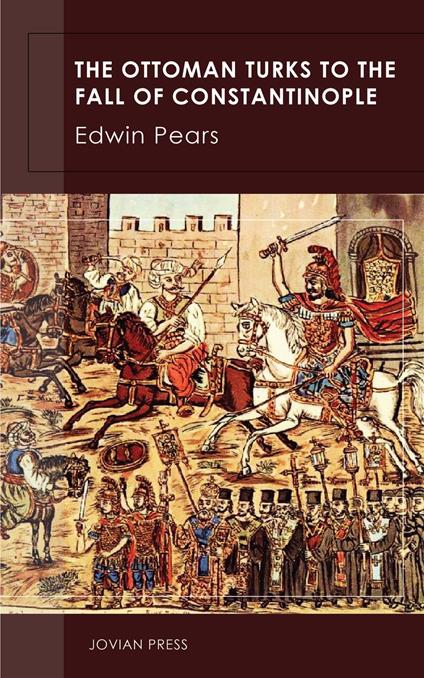The Ottoman Turks to the Fall of Constantinople
IT was in 1299 that Osman (Othmain, Uthman) declared himself Emir of the Turks, that is, of the tribe over which he ruled. The Seljuq Turks have been treated in a previous chapter; but there were many other Turkish tribes present in the middle and at the end of the thirteenth century in Asia Minor and Syria, and, in order to understand the conditions under which the Ottoman Turks advanced and became a nation, a short notice of the condition of Anatolia at that time is necessary. The country appeared indeed to be everywhere overrun with Turks. A constant stream of Turkish immigrants had commenced to flow from the south-west of Central Asia during the eleventh century, and continued during the twelfth and indeed long after the capture of Constantinople. Some of these went westward to the north of the Black Sea, while those with whom we are concerned entered Asia Minor through the lands between the Persian Gulf and the Black Sea. These early Turks were disturbed by the huge and well-organised hordes of mounted warriors and foot-soldiers under Jenghiz Khan, a Mongol belonging to the smallest of the four great divisions of the Tartar race, but whose followers were mainly Turks. The ruin of the Seljuqs of Rum may be said to date from the great Mongol invasion in 1242, in which Armenia was conquered and Erzerum occupied. The invading chief exercised the privilege of the conqueror, and gave the Seljuq throne of Rum to the younger brother of the Sultan instead of to the elder. The Emperor in Constantinople supported the latter, and fierce war was waged between the two brothers. A resident, somewhat after the Indian analogy, was appointed by the Khan of the Mongols to the court of the younger brother. The war contributed to the weakening of the Seljuqs, and facilitated the encroachment of the nomad Turkish bands, who owned no master, upon their territory.
-
Autore:
-
Anno edizione:2018
-
Editore:
-
Formato:
-
Lingua:Inglese
Formato:
Gli eBook venduti da Feltrinelli.it sono in formato ePub e possono essere protetti da Adobe DRM. In caso di download di un file protetto da DRM si otterrà un file in formato .acs, (Adobe Content Server Message), che dovrà essere aperto tramite Adobe Digital Editions e autorizzato tramite un account Adobe, prima di poter essere letto su pc o trasferito su dispositivi compatibili.
Cloud:
Gli eBook venduti da Feltrinelli.it sono sincronizzati automaticamente su tutti i client di lettura Kobo successivamente all’acquisto. Grazie al Cloud Kobo i progressi di lettura, le note, le evidenziazioni vengono salvati e sincronizzati automaticamente su tutti i dispositivi e le APP di lettura Kobo utilizzati per la lettura.
Clicca qui per sapere come scaricare gli ebook utilizzando un pc con sistema operativo Windows



